2025年5月10日
Two-Day Trip from Morioka by Bus! Michinoku Coastal Trail: Full Hiking Route (Jodogahama → Kyukamura Miyako → Taro)
[Model Course] Walking Through Sanriku’s Spectacular Views and History: Michinoku Coastal Trail – A 2-Day Journey
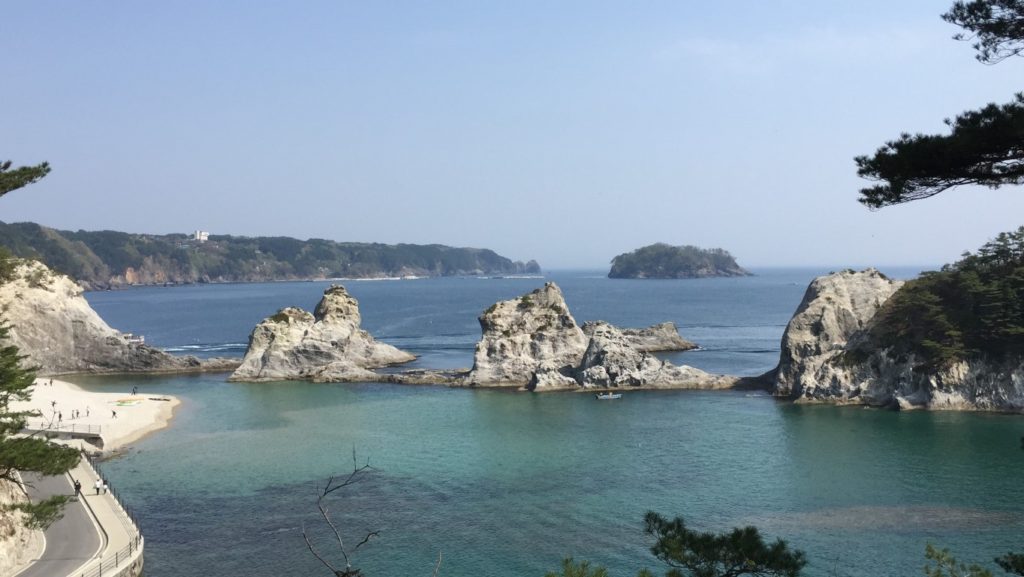
From Morioka to Jodogahama Beach, Encountering Sanriku’s Spectacular Views
Departure from Morioka Station
Morioka Station East Bus terminal (Stop No. 7) 7:40 AM == [106 Express Bus] == Miyako Station 9:55 AM
《Click here for the timetable (Japanese only)》
It will be an early morning departure, but the view of Iwate from the bus window will heighten your expectations for the adventure that is about to begin.
Miyako Station (Stop No. 3) 10:20 AM == [Local Bus] == Jodogahama Visitor Center 10:33 AM
《Click here for the timetable (Japanese only)》
After a bus journey of just over two hours to reach Miyako, you will transfer to another route bus and head for Jodogahama Beach.
Jodogahama Visitor Center (Departure at 11:00)
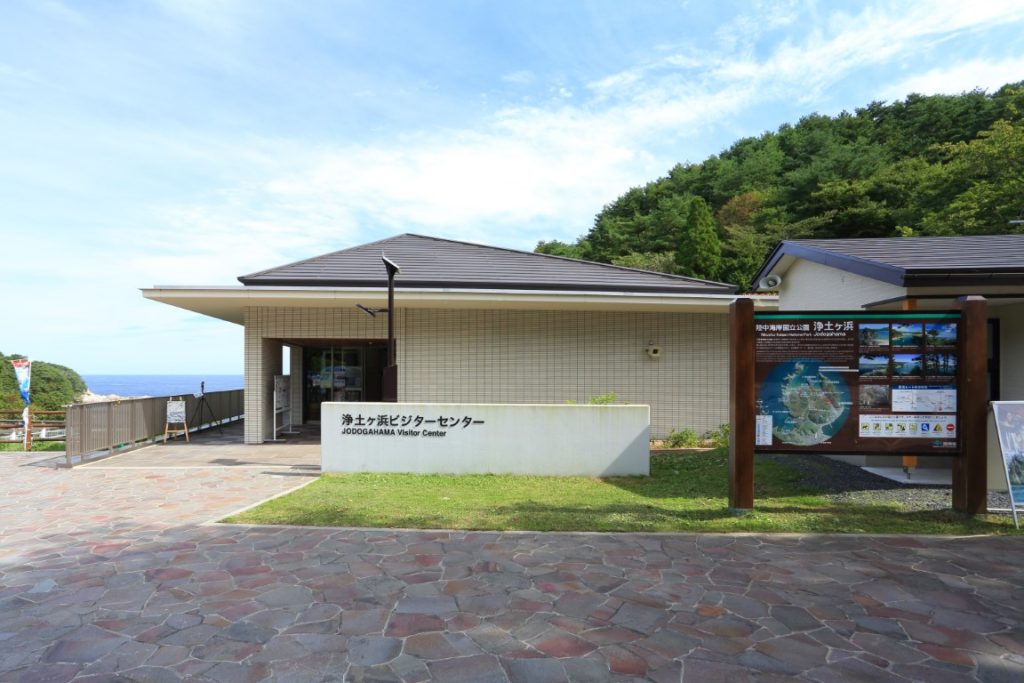
Get off at the “Jodogahama Visitor Center” bus stop along the way, and head to the entrance of the trail, the “Jodogahama Visitor Center.”
From here, the journey of treading on the land of Sanriku on foot begins.
Walking the Michinoku Coastal Trail (Jodogahama Visitor Center → Kyukamura Rikuchu Miyako: About 5 hours)
Jodogahama Beach: A Spectacular Spot Representing Sanriku
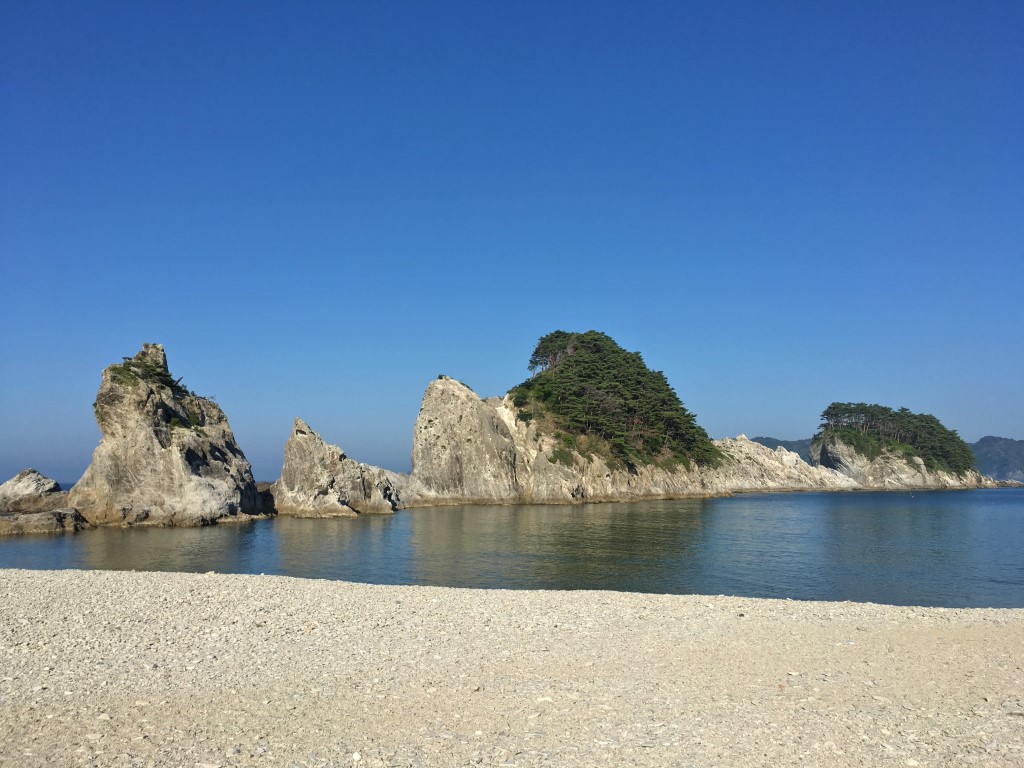
“Jodogahama Beach,” designated as a national scenic spot and considered one of the most beautiful scenic spots on the Sanriku Coast, is a scenic spot that has been described as “like a Buddhist paradise” due to its beauty.
Standing white rhyolite strange rocks, with the contrast of blue sea and green pine forests, take your breath away.
Take your time and soak in the picturesque scenery
Shiofuki-ana (Blowhole): A Marvelous Show Created by Nature
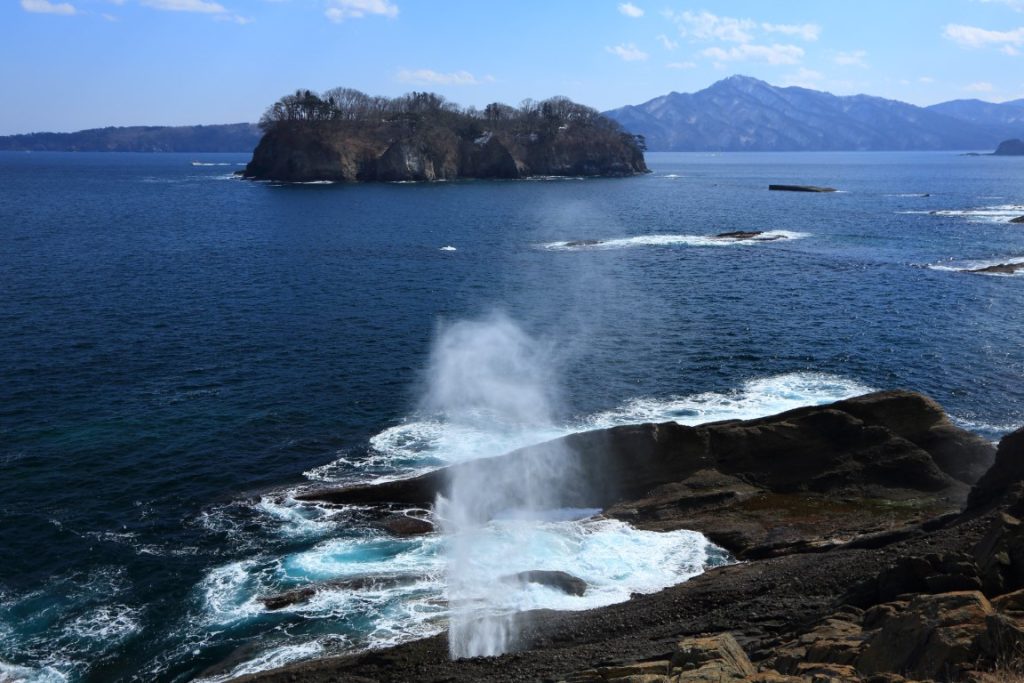
Heading north from Jodogahama Beach, you will arrive at “Shiofuki-ana” (blowhole), a nationally designated natural monument and a geosite of the Sanriku Geopark.
“Shiofuki-ana” is a sea cave called a sea erosion cave, and when large waves come, seawater spurts up to a maximum height of 30 meters from a hole in the upper part of the cave, which was formed by wave erosion, and the sight is impressive.
If you’re lucky, you might witness this natural show.
Arrival at Kyukamura Rikuchu Miyako (Around 16:00)
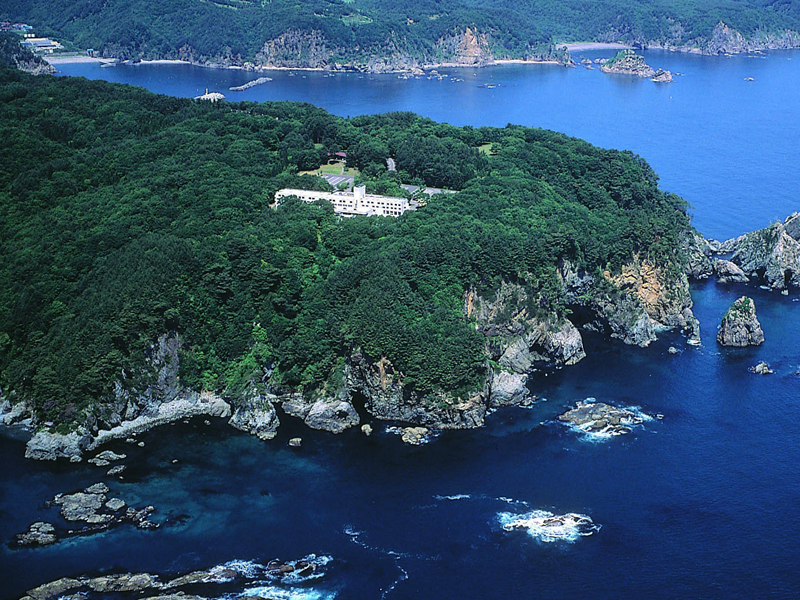
After a day of adventure, you will arrive at your accommodation, “Kyukamura Rikuchu Miyako.”
Let’s heal your fatigue with fresh seafood from Sanriku and a large public bath with radium artificial hot spring.
Please spend a quiet night while nurturing your energy for tomorrow and looking at the view of the Pacific Ocean spreading outside the window.
[Day 2] A Journey to Feel the Memory of the Disaster and the Reconstruction of Sanriku (Kyukamura Rikuchu Miyako → Taro Roadside Station: About 7 hours)
Departure from Kyukamura Rikuchu Miyako (Departure at 8:00)
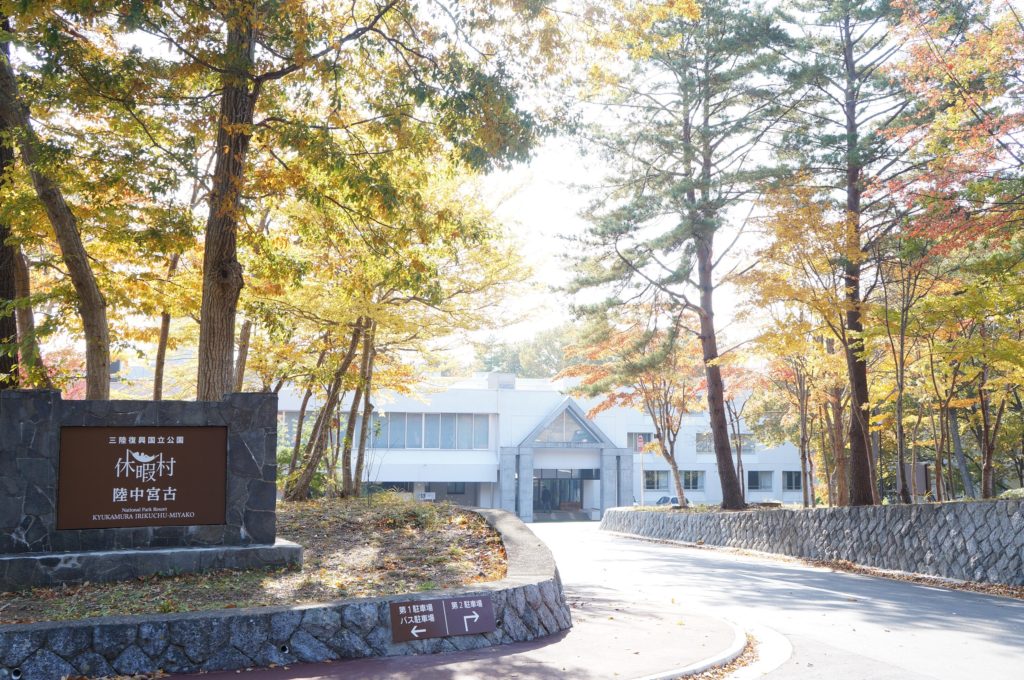
In the clear air of early morning, you can also enjoy the earliest sunrise at the easternmost point of Honshu.
After breakfast, you will depart for the Disaster Memorial Park Nakanohama.
Along the way, listen to the chirping of birds and the sound of the sea, and think about the lives of the people of Sanriku who live with nature.
Disaster Memorial Park Nakanohama: Learning About the Threat of Tsunamis
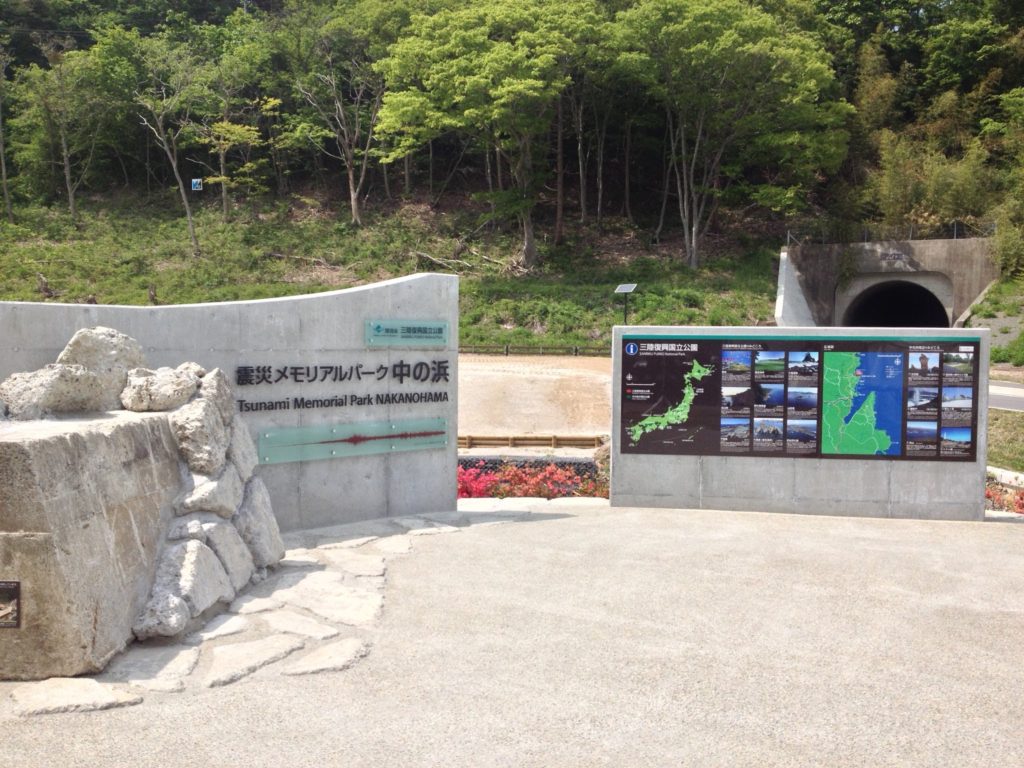
This place, which used to be a lush green campsite, was hit by a tsunami exceeding 15 meters during the Great East Japan Earthquake and suffered enormous damage.
It is now preserved as a disaster remains and has become an important place for disaster prevention education.
Here you can experience the following:
1.View from the Lookout Hill: From the hill made by reusing disaster waste, you can see signs showing the tsunami arrival point.
2.Visiting the Remains: The toilets and kitchens of the damaged campsite are preserved as they were at the time of the disaster.
3.Disaster Prevention Education Exhibition: There are exhibitions about the scientific aspects of tsunamis and support from around the world. Please realize the magnitude of the power of nature and the importance of preparing for disasters at this place.
Shogetsu Beach, Kashinai Beach, Tochinai Beach: Enjoying the Coastal Scenery
Before departing from the Earthquake Memorial Park, please check the wave conditions at “Kashinahama,” which lies ahead, by visiting the “Jōdogahama Visitor Center” established by the Ministry of the Environment.
☎:0193-65-1690/ Opening hours: 9:00-17:00 / Closed: 12/29-1/3
Kashinahama, located along the trail ahead, may be impassable during high tide.
Please check the wave and tide conditions in advance.
If the tide is high, use the detour route, which takes approximately 20 minutes longer than the regular course.
《Reference》
Ministry of the Environment・Michinoku Coastal Trail “Jodogahama–Taro Route, Miyako City, Iwate Prefecture”
Japan Meteorological Agency – Tides and Sea Level Data: Tide Table for Miyako
On the way from the Disaster Memorial Park to the Taro district, you will pass beautiful scenic spots such as Shogetsu Beach, Kashinai Beach, which you checked the wave conditions before departure, and Tochinai Beach. It’s a long way, but let’s walk while enjoying the diverse coastal scenery.
Taro Tourist Hotel: Witnessing the Moment of the Tsunami
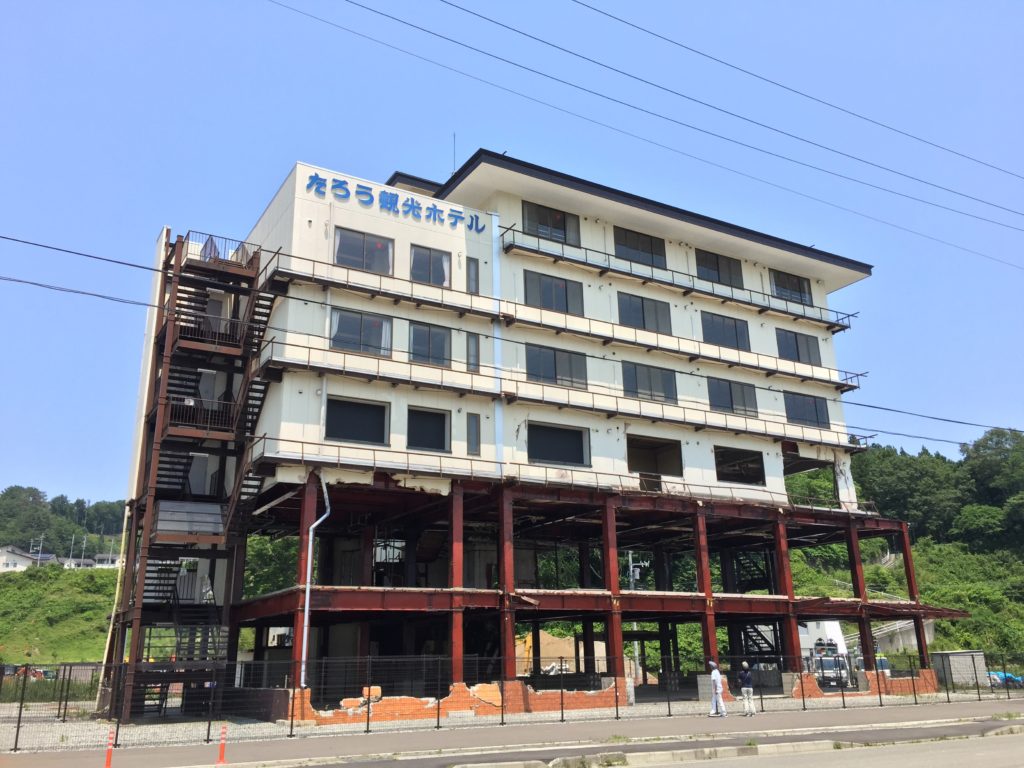
The Taro Tourist Hotel is located directly in front of the seawall that was destroyed by the tsunami. Part of the 1st to 3rd floors was destroyed by the tsunami, but the 4th floor and above are preserved as they were at that time. The exterior can be freely visited (reservation required for interior tours as noted below).
Reference: Special Experience Here (Reservation required: Learning Disaster Prevention Guide (Miyako Tourism and Cultural Exchange Association) / Not included in the above required time)
1.You can watch footage of the tsunami attack taken by the hotel owner in a room on the 6th floor of the hotel where it was filmed.
2.Through the footage, you can learn in detail about the power of the tsunami and the route it reached.
Through this valuable experience, it will be an opportunity to think deeply about the importance of disaster prevention and coexistence with nature.
Sanno Garden (Sanno Rock): Natural Art Born of Waves and Wind
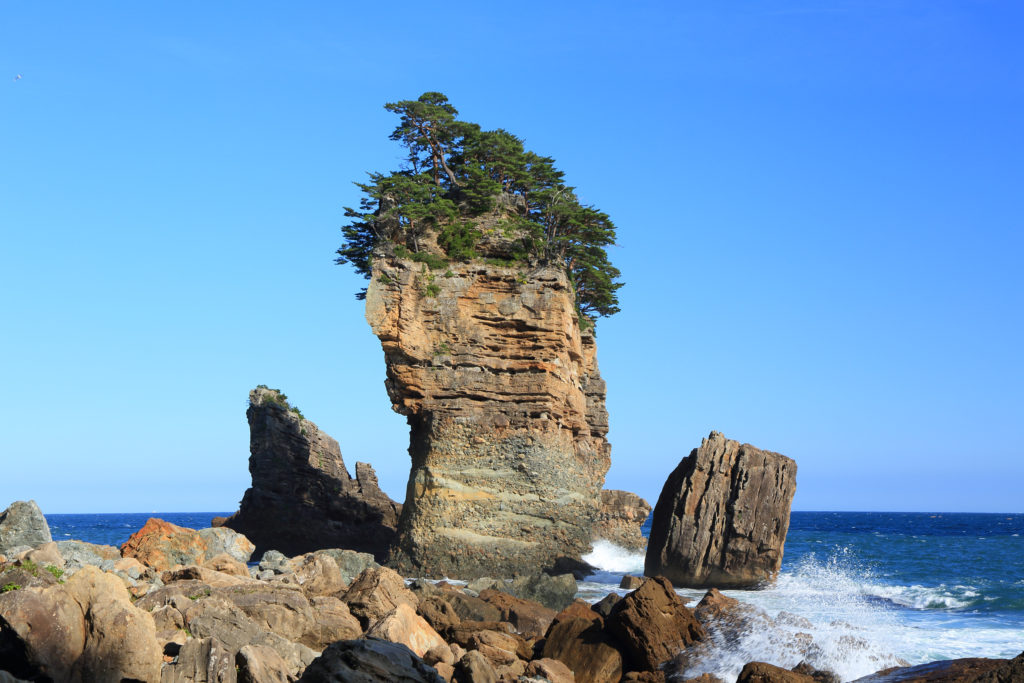
Walking along the coastline from the Taro Tourist Hotel, you will arrive at Sanno Garden, a scenic spot representing the Sanriku Coast.
Here, three strange rocks standing from the sea, “Sanno Rock,” overwhelm visitors.
1.Male Rock: The largest rock towering in the center. The sight of it rising from the sea like a huge pillar is impressive.
2.Female Rock: Located to the left of the Male Rock, showing a graceful figure.
3.Drum Rock: A rock placed on the right side, named after its shape.
These rocks are natural sculptures formed by wave and wind erosion over many years. The inclination of the strata of the Male Rock and Female Rock is the same as the surrounding cliffs, but only the Drum Rock has a different inclination. This suggests that the Drum Rock rolled from nearby.
Looking up at Sanno Rock from the walking path, you will be overwhelmed by its grandeur. Here, please fully feel the strength of nature and the beauty created by the passage of time.
Taro Roadside Station: Experiencing Local Flavors and Culture (Arrival around 15:00)
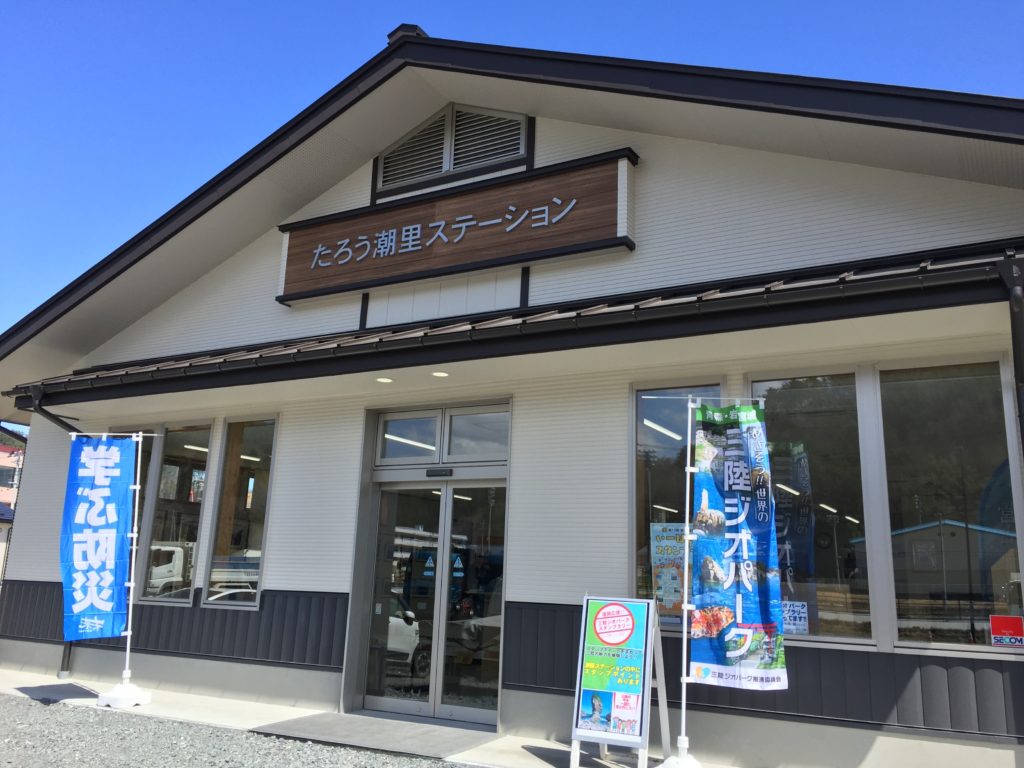
Walking a little from Sanno Garden, you will arrive at today’s final destination, Taro Roadside Station.
This is not just a rest area, but plays an important role as a symbol of the regeneration and creation of the Taro district, and as a gateway to the Sanriku Geopark.
《How to Enjoy Taro Roadside Station》
1.Enjoying Local Flavors
At the Taro Direct Sales Association “Toretaro,” fresh seafood, local vegetables, fruits, etc. are sold.
Recommended are Masaki-yaki and salmon skewers. You can fully enjoy the taste of Sanriku.
2.Trying Specialty Gourmet
At the restaurant in the roadside station, Donko deep-fried fish bowl and wakame seaweed ramen are popular.
Please experience the unique taste using local ingredients.
3.Looking for Souvenirs
Local crafts and goods are also sold.
It will also be fun to find souvenirs that leave memories of Sanriku in shape.
4.Gathering Information
At Taro Shiori Station, local tourism information and road information are provided.
It might be helpful for planning your next Sanriku trip.
Here, the two-day journey on foot of the “Michinoku Coastal Trail” ends.
Departs Michi-no-Eki Tarō at 16:15 ==〔Local Bus〕== Arrives at Miyako Station at 16:54
《Click here for the timetable (Japanese only)》
While recalling today’s memories, take a route bus from Taro Roadside Station, return to Miyako Station, and then take the “Route 106 Express Bus” again to return to Morioka.
Miyako Station (Stop No. 6) 6:05 PM == [106 Express Bus] == Morioka Station 8:20 PM
《Click here for the timetable (Japanese only)》
Precautions
■The trail path passes through nature, and road conditions can be affected by weather. Please be sure to check with the Jodogahama Visitor Center in advance to confirm whether the model course is accessible.
■Bus times listed in the model course may change without notice. Please check the latest schedules before your trip.
■We are not responsible for any accidents or delays during the use of the model course. Please use it at your own discretion and responsibility.
Set Ticket Information
This set includes tickets for the “106 Express & Limited Express Bus” and “Local Bus” listed in the model course, along with the “Hiker’s Pass” that provides various services at facilities along the route. It is offered at a discounted price compared to paying separately, so we highly recommend using it.
【Set Contents:】
◎One-way ticket from Morioka Station to Miyako Station (106 Express & Limited Express Bus)
★One-way ticket from Miyako Station to Jodogahama Visitor Center (Local Bus)
★One-way ticket from Miyako Station to Michi-no-Eki Tarō (Local Bus)
◎One-way ticket from Miyako Station to Morioka Station (106 Express & Limited Express Bus)
◆Hiker’s Pass
The tickets marked with ◎ are valid only in the direction indicated by the arrow (→).
The tickets marked with ★ can be used in either direction.
【Price:】
Adults: ¥4,780
Children: ¥2,390
【Unavailable Periods for Set Tickets:】
■August 8, 2025 – August 17, 2025
■December 26, 2025 – January 5, 2026
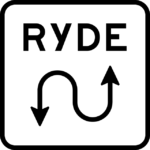
Reference Links
This model course was created with reference to the above route. If you plan to hike this course, please be sure to check the official page as well.
For inquiries and information about the Michinoku Coastal Trail, please contact.
Miyako Tourism and Cultural Exchange Association
For more details about the “Hiker’s Certificate,” click here.





